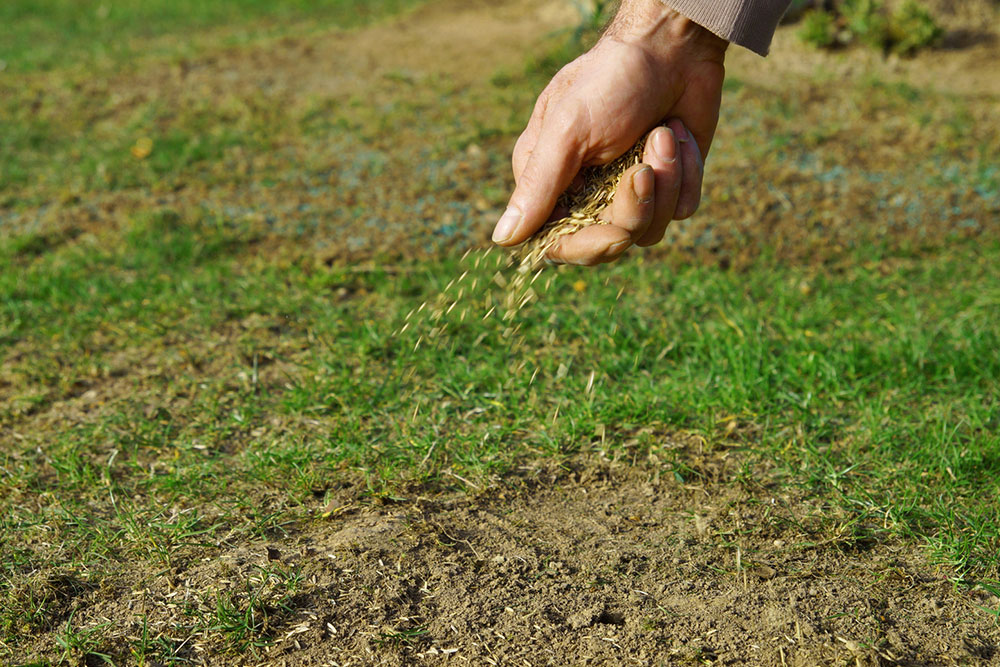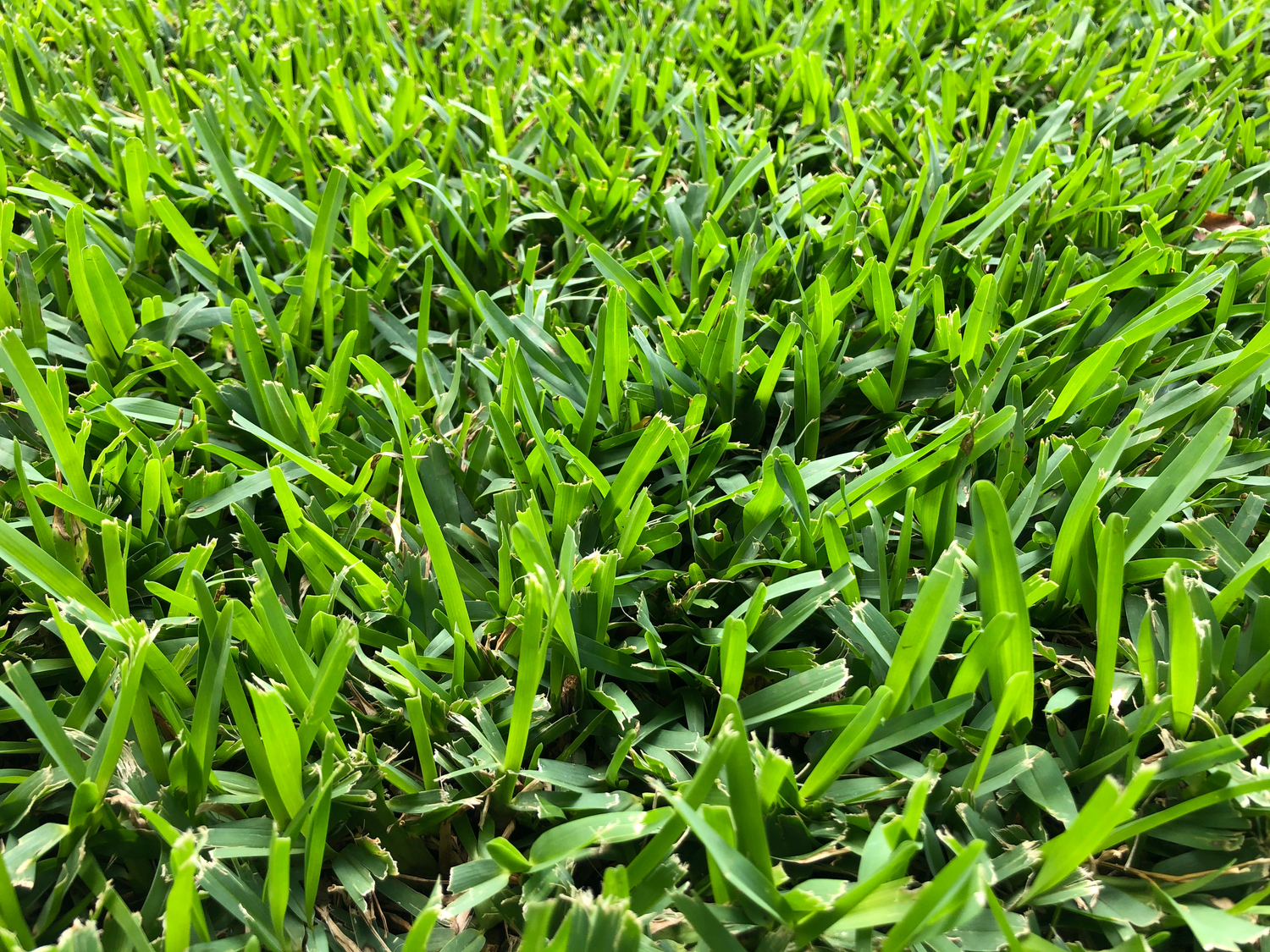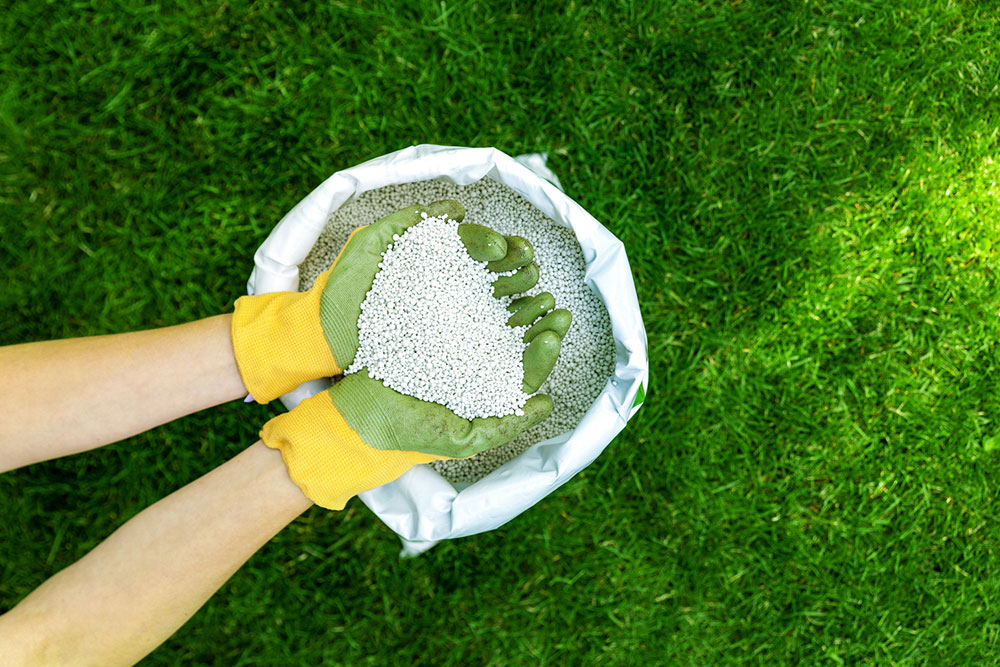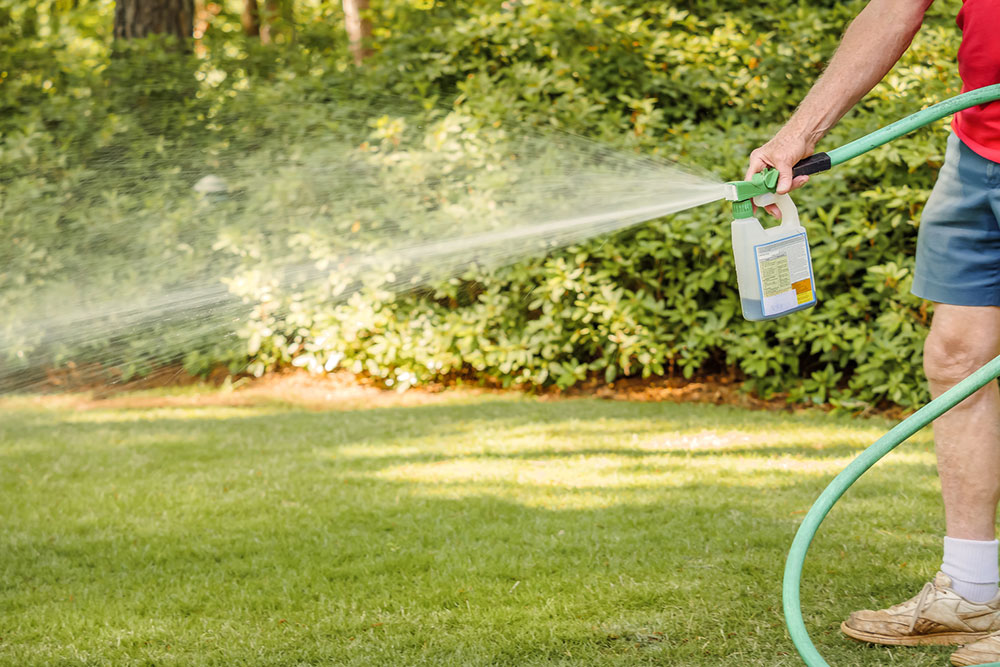Top 11 Fast-Growing Grass Varieties for a Lush Lawn
This article highlights 11 fast-growing grass varieties ideal for creating lush, healthy lawns. It offers expert insights into their growth habits, climate preferences, and maintenance needs, helping homeowners and landscapers select the best turf for their specific conditions. Discover grasses suited for various environments, from drought-resistant types to ornamental options, and learn tips for successful planting and upkeep to ensure vibrant, durable landscaping.
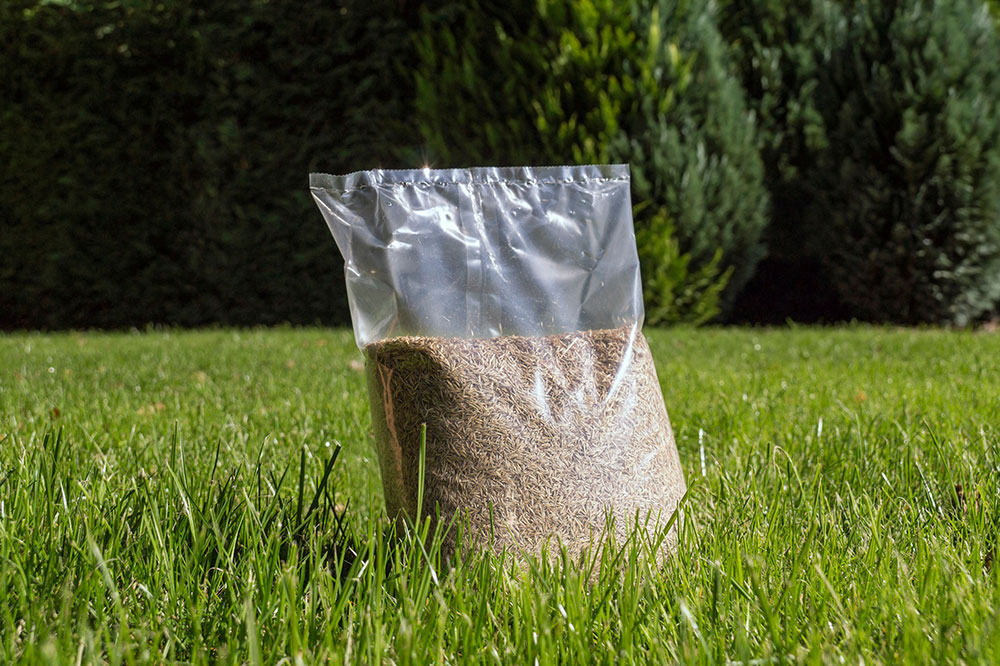
Discover 11 Rapid-Germinating Grass Types for a Vibrant Lawn
Grass is one of the most vital crops worldwide, serving functions like water filtration, air purification, and forming a key part of the food chain as herbivores such as cows, deer, elephants, and horses rely on it for sustenance. With increasing demand for grazing land, farmers cultivate fast-growing grass varieties globally. Continue reading to explore some of the most popular and quick-establishing grass seeds suited for various climates.
Perennial ryegrass
A cool-season grass, perennial ryegrass is popular for pastures and erosion control, thriving in areas with mild summers and cool winters.
Annual ryegrass
Requires consistent moisture and is mainly used for livestock feed. It needs careful cultivation during germination and is sensitive to some herbicides, which can cause discoloration and slow growth. Typically sown in autumn or winter, it can reach up to 900mm in height. It's essential for soil erosion control mixes.
Kentucky bluegrass
Known for its lush green color, this grass requires ample sunlight and cool temperatures. It prefers compacted soil and demands high maintenance to flourish, making it ideal for well-maintained lawns in mild climates.
Bentgrass
A popular choice for golf courses, bentgrass has shallow roots and vivid green foliage. It needs regular upkeep like irrigation, mowing, and dethatching. Several varieties exist, with germination taking about two weeks.
Bermuda grass
Excellent for hot, drought-prone regions, Bermuda grass thrives above 75°F. It’s best sown late spring when the weather warms, as it doesn’t tolerate cold temperatures.
Zoysia grass
Suitable for tropical regions with some cold tolerance, Zoysia begins growing in late spring and peaks during summer. Often planted in golf or sports courts, its tiny seeds are best sown when warm weather approaches.
Centipede grass
A low-maintenance, drought-resistant grass, primarily suitable for mild winter areas. It has shallow roots, requiring extra care during dry spells, but adapts well with changing weather.
Buffalo grass
Native to the plains, Buffalo grass is heat-tolerant and maintains its green appearance through summer. It requires minimal watering and effort to grow, whether from seed or sod, with recent improvements simplifying cultivation.
Carex
Valued for its ornamental look, Carex needs minimal upkeep. It can be mowed high or left natural, with seeds pressed into prepared beds and regular watering fostering healthy growth.
Tall Fescue
A resilient, low-maintenance grass with a light-green color and coarse texture. It prefers well-drained soils and should not be mixed with finer grasses like Kentucky bluegrass for optimal growth.
Turf-type Tall Fescue
Less demanding in care, turf-type tall fescue helps conserve water and withstand heat and drought. It can be seeded alone or mixed with other grasses for durable lawns.
Choosing the appropriate grass seed depends on climate, soil type, and lawn use. For best results, consider blending different seeds suited for your region to ensure lush, sustainable turf.

